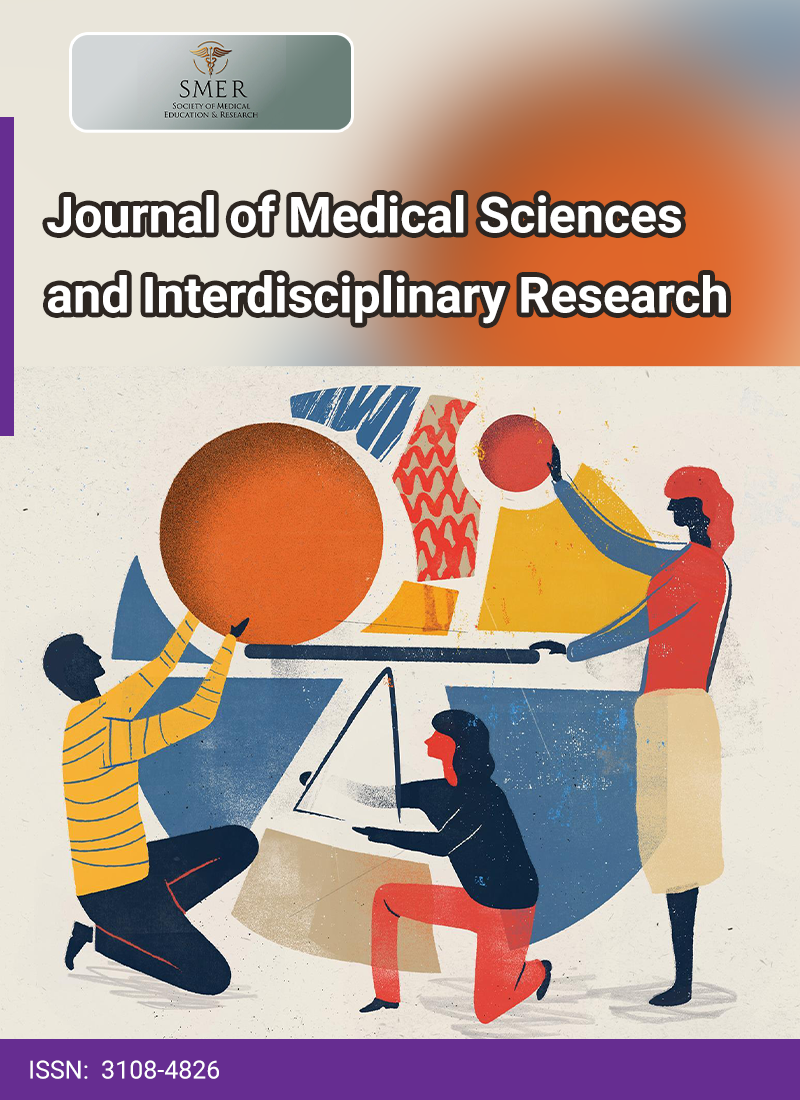
The present study is a clinical case report on amputation due to dry gangrene. Dry gangrene is caused by reduced blood flow through the arteries, leading to a gradual and progressive condition. In this type of gangrene, the affected tissue becomes dry, hard, and dark, eventually sloughing off. Dry gangrene is often observed in people with arterial blockages, such as arteriosclerosis, and can also be triggered by conditions such as Raynaud’s disease or neurological injuries. The disease usually begins in the toes, which are farthest from the circulatory system and have limited blood supply, making it difficult for bacteria to thrive in the necrotic tissue. The condition spreads until it reaches areas with sufficient blood flow to sustain viable tissue. Once the gangrenous tissue is detached, it is either naturally separated or surgically removed. Amputation, the surgical removal of a body part, is a common procedure to address this condition. Disarticulation refers to the removal of a limb at its joint. With advancements in chemotherapy and antibiotics, the treatment of infections and the associated risk of mortality have significantly improved.